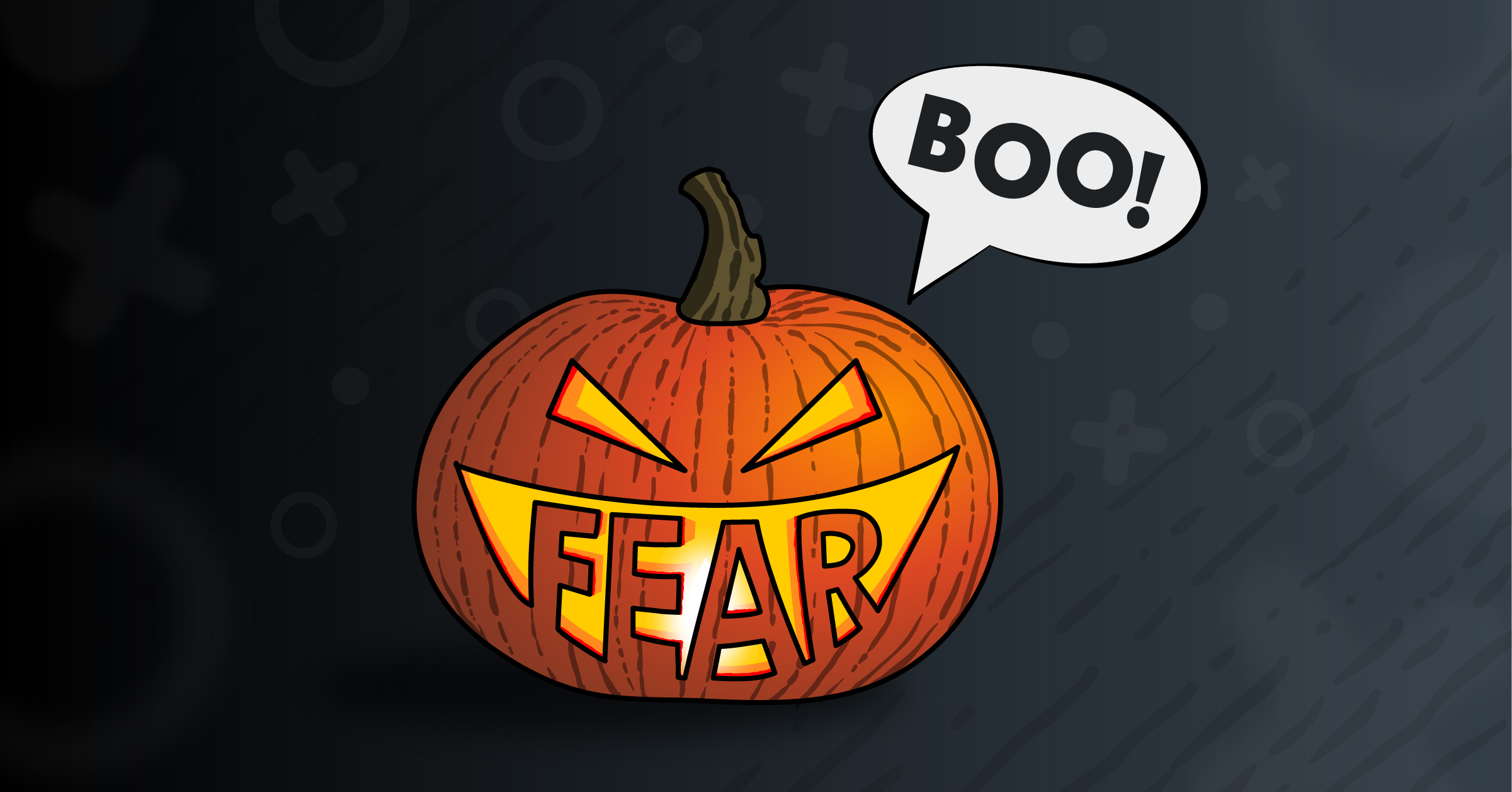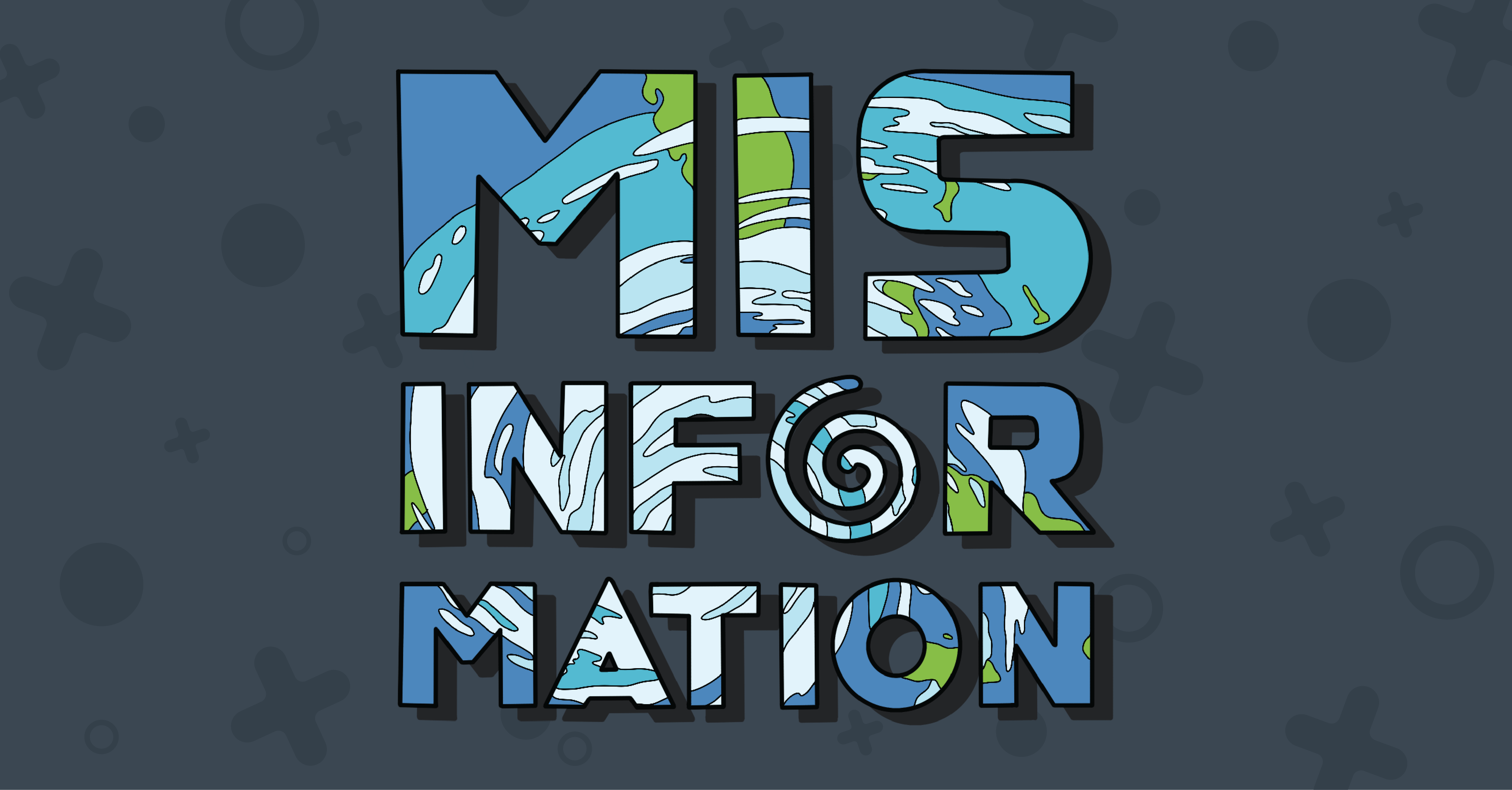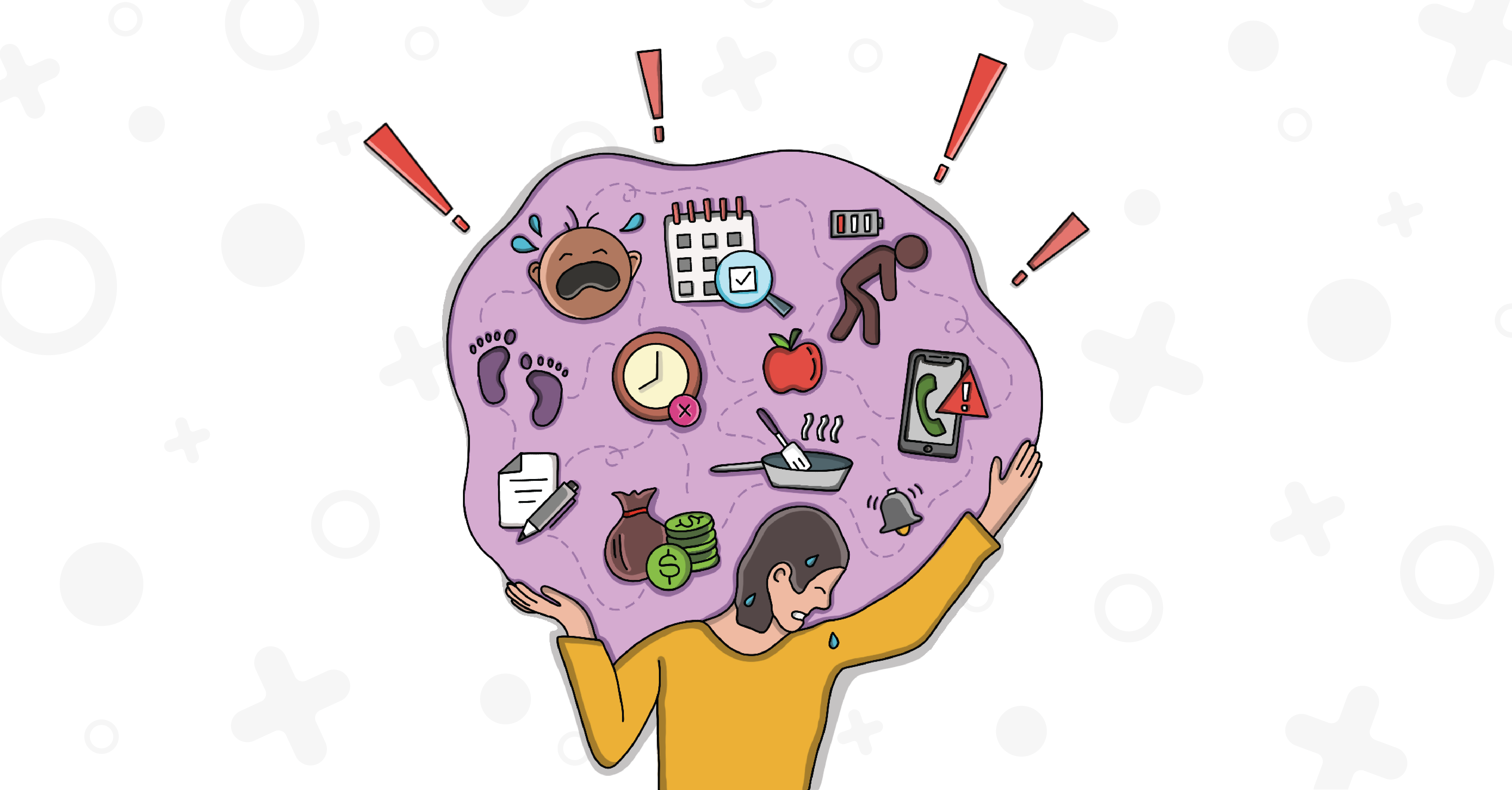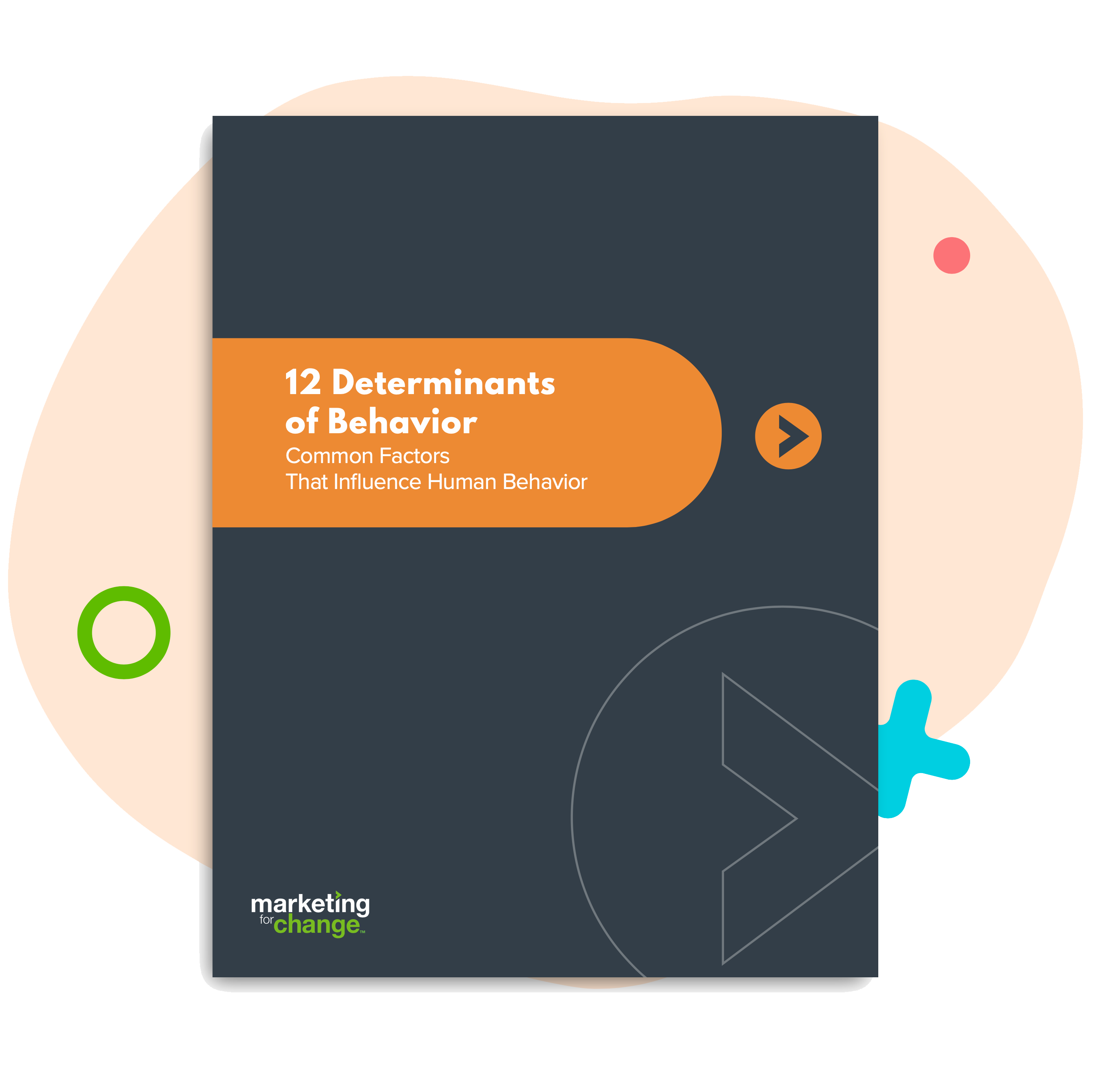
Boo! Fear Campaigns – When Do They Work?
If you do drugs you will become an addict and die.
If you don’t exercise you will be unhealthy and die.
If you text and drive you will crash and die.
If you have unprotected sex you will get an STD and die.
If you don’t plant a tree, climate change will take over and we’ll all die.
Fear is a go-to tactic for many behavior change campaigns. But there are two big problems.
The first is that fear campaigns can backfire. People get mad at you for trying to scare them so they rebel by doing the very behavior you are warning against. The behavior change literature has plenty of examples of anti-drug messages that made teens want to get high and anti-littering messages that made people more likely to throw trash on the ground.
The second is that fear is an extremely competitive space.
Let’s start with all the things YOU worry about. Pause for one minute and write down everything that keeps you up at night these days…
… 60 second pause…
Okay, we’re back. Deep breaths. It’s a long list right? And one you are likely not looking to add to. So, as important as your issue is (most of our readers have important social issues they are working on), if your strategy is to simply raise the temperature on fear it’s likely to get tuned out.
That all said — it’s Halloween so I decided to throw fear a bone. I’m a never say never type of person. Fear can, in some cases, work.
When does fear work?
For fear messaging to work all of the below should be true.
- The fear is immediate and already concerning to the audience.
- It’s highly probable the bad thing will happen.
- It’s easy to do something to avoid the bad thing.
Imagine a scenario where you are walking through the park with your friend and you notice a rogue frisbee headed towards your friend’s head and you yell “DUCK!”. They will likely duck right away. Why? The way you yelled “DUCK!” implies immediate urgency and a high likelihood of something bad happening. The bad thing is something already concerning the audience — getting injured in some way. And in most cases, it’s pretty easy to duck down.
Now imagine a scenario where you are at the park with your friend and you say “Sometimes people play in this park so watch out for rogue objects like frisbees, kites, balls and avoid them if you see them coming towards you. Or to be extra careful maybe we just avoid it all together and go home.” What? No. Most people will say it’s a nice day — I’m staying at the park and I’m not going to waste my time worrying about flying objects that MAY hit me in the head.
The latter scenario is equivalent to so many social change campaigns that attempt to get people to prepare or plan ahead for something that may never happen.
So that’s it. That’s when fear campaigns work. Fear should be immediate, highly probable and preventable through a behavior that’s easy to do.
If your issue doesn’t meet these criteria for an effective fear campaign, you can’t trick people into being afraid. You might try offering a treat instead — like a different behavioral determinant to trigger change.
Happy Halloween! Here’s to thrills, chills and effective behavior change.

Karen Ong Barone is Principal + Executive Creative Director at Marketing for Change.






